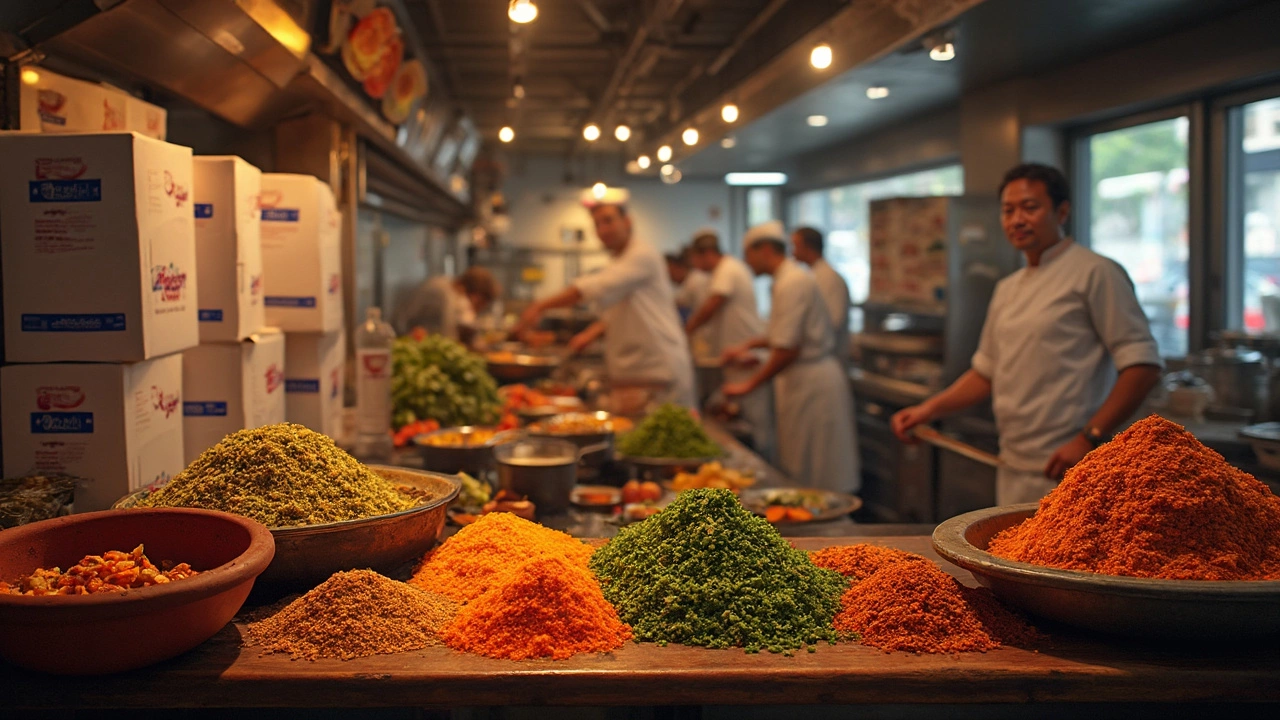Food Processing Units: How India’s Food Manufacturing Is Evolving
When talking about food processing units, facilities that transform raw agricultural products into consumable foods through mechanical, chemical, or thermal methods. Also known as food factories, they are the backbone of India's food supply chain. Food scientist, a professional who applies chemistry, biology and engineering to develop safe, tasty, and nutritious products plays a crucial role in designing recipes and ensuring compliance. Likewise, small‑scale manufacturing, micro‑factories that produce niche food items with limited capital and space feeds larger plants with specialty ingredients, creating a layered ecosystem. In short, food processing units encompass unit processes, need scientific expertise, and often rely on small‑scale operations for innovation.
Core Processes, Tools, and Supply Chain Links
At the heart of any food processing unit lies a unit process – a discrete step such as grinding, pasteurization, or extrusion that adds value. Each unit process demands specific equipment, from stainless steel mixers to high‑pressure homogenizers, and follows strict hygiene protocols. This chain of processes is tightly linked to the broader supply chain: raw material sourcing, storage, and logistics all influence final product quality. For example, the choice of packaging material – often plastic – directly impacts shelf life and cost. Understanding which industry consumes the most plastic helps processors select sustainable alternatives and meet regulatory pressures.
Beyond the machinery, regulatory compliance and workforce training shape how food processing units operate. Standards set by FSSAI dictate labeling, additive limits, and safety audits. Meanwhile, the rise of automation introduces sensors and IoT platforms that monitor temperature, humidity, and equipment wear in real time. These technologies reduce waste, improve yields, and make it easier for small‑scale manufacturers to meet the same quality benchmarks as large plants.
Another key player is the Small Scale Industries (SSI) sector, which frequently serves as a testing ground for novel food concepts. SSI units can pivot quickly, experimenting with exotic flavors or health‑focused formulations. When a product proves successful, larger food processing units scale it up, replicating the unit process at higher volumes. This symbiotic relationship fuels industry growth and keeps the market responsive to consumer trends such as plant‑based proteins or clean‑label snacks.
Market trends also dictate what food processing units prioritize. Demand for ready‑to‑eat meals, fortified foods, and low‑sugar alternatives pushes engineers to adopt new unit processes like high‑pressure processing (HPP) or spray drying. Simultaneously, sustainability concerns drive the adoption of renewable energy sources and waste‑to‑value initiatives, turning by‑products into animal feed or bio‑fuels.
All these elements—unit processes, scientific input, small‑scale innovation, supply chain dynamics, and regulatory frameworks—form a tightly knit web that defines modern food processing units. The articles below dive deeper into each facet, from the job titles of food scientists to the latest trends shaping the Indian food industry.
Ready to see how these ideas play out in real‑world examples? Explore the collection of posts below for detailed analyses, practical tips, and forward‑looking insights that will help you navigate the fast‑moving world of food processing units.



